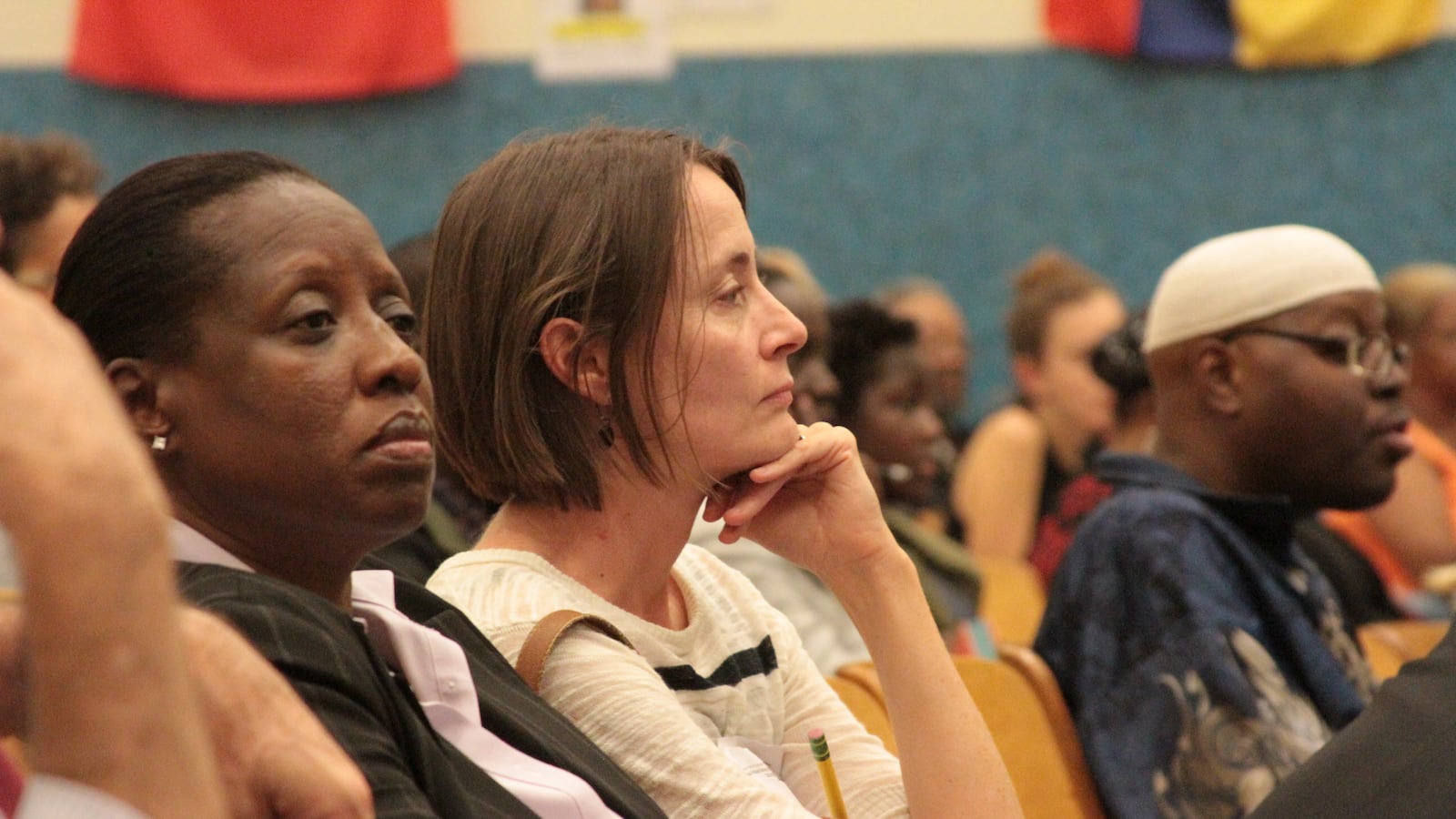The Children’s School sits only a few blocks from the Gowanus Houses public housing community in Boerum Hill, Brooklyn, but in recent years served virtually none of the students who lived there. Meanwhile, in nearby Fort Greene, the Academy of Arts & Letters could only watch as the racial and economic diversity of its kindergarten class began to vanish seemingly overnight.
But last year, this started to change — and if we care about making sure New York City’s students attend schools that reflect the city’s diversity, it is important to understand how it happened.
Both of our schools have a commitment to be diverse and inclusive. Both schools’ neighborhoods have also been affected by gentrification. Growing populations of affluent parents have moved into the diverse areas of Districts 13 and 15, but clustered in a relatively small number of schools, leaving very few seats available for anyone else. We’ve seen this firsthand as a principal, teacher, and parent at these two schools.
It wasn’t that low-income families didn’t apply to our schools (which don’t have traditional zones), and it wasn’t that we didn’t do outreach. The issue was that under the system of “blind” lottery admission we were required to use, affluent families dominated the applicant pools that were many times larger than the number of available kindergarten seats. Decades of research have shown that affluent families have enormous advantages in negotiating these kinds of school-choice systems that require parent participation.
In November, the New York City Department of Education allowed our schools to participate in a pilot program for school admissions. This past winter, parents and staffs were able to do outreach with confidence that families had a real chance of admission.
That’s because these plans provide a powerful boost to the chances of admission for applicants who are traditionally disadvantaged in school-choice systems — especially low-income students and English language learners.
At both of our schools, the numbers of students in those categories who were admitted for kindergarten shot up dramatically. And by limiting the disproportionate clustering of more affluent applicants at our schools, these plans have the potential to ameliorate segregation in surrounding schools.
Now, the city is about to allow all schools to apply to make similar changes to their admissions systems. That’s great news. Until the political will for comprehensive, borough-wide desegregation strategies exists, we need to direct our attention to boosting diversity at individual schools and in community school districts where change is possible.
Discussions about plans like ours often include mention of quotas. But that’s not how the plans really work, and as they expand, it’s important that they are understood.
Essentially, these admissions plans reserve a certain percentage of seats for a separate lottery only for those priority applicant groups. Importantly, if they don’t get in through this initial lottery, priority applicants have a second chance in the general lottery open to everyone.
So the nominal number of seats we set aside for the initial lottery is not a cap on the number of priority applicants, but a floor. That percentage also isn’t our goal or our target — an idea that is sometimes confused. In fact, our enrollment goals for those students are much higher than the percentage of seats we set aside, since we want to be representative of our communities.
We won’t reach our diversity goals in the first year. These plans are not designed to immediately achieve the goals, but to create a virtuous cycle that leads to long-term change. At our schools, the existence of the plan reinvigorated our recruitment efforts over the winter, yielding more diverse applicant pools than we had in previous years. Our admissions plans then bolstered these efforts to produce even more diverse kindergarten classes.
Meanwhile, our expectation is that a more diverse student and parent body will further enhance recruitment efforts and foster an increasingly inviting school culture.
This pilot is just a modest first step toward greater school integration, of course, and there is a long way to go. We hope that next year the number of schools pushing for ways to combat our very segregated New York City schools system grows exponentially. Stringing together a series of small victories for desegregation will build momentum to make the big changes that our schools need.
There are lots of incredible public schools here in New York City, and they should be truly open to all families. The seven schools in the department’s pilot program represent some of those great schools; before the pilot they were not truly open to all families.
And now, happily, they are getting closer.
About our First Person series:
First Person is where Chalkbeat features personal essays by educators, students, parents, and others trying to improve public education. Read our submission guidelines here.


